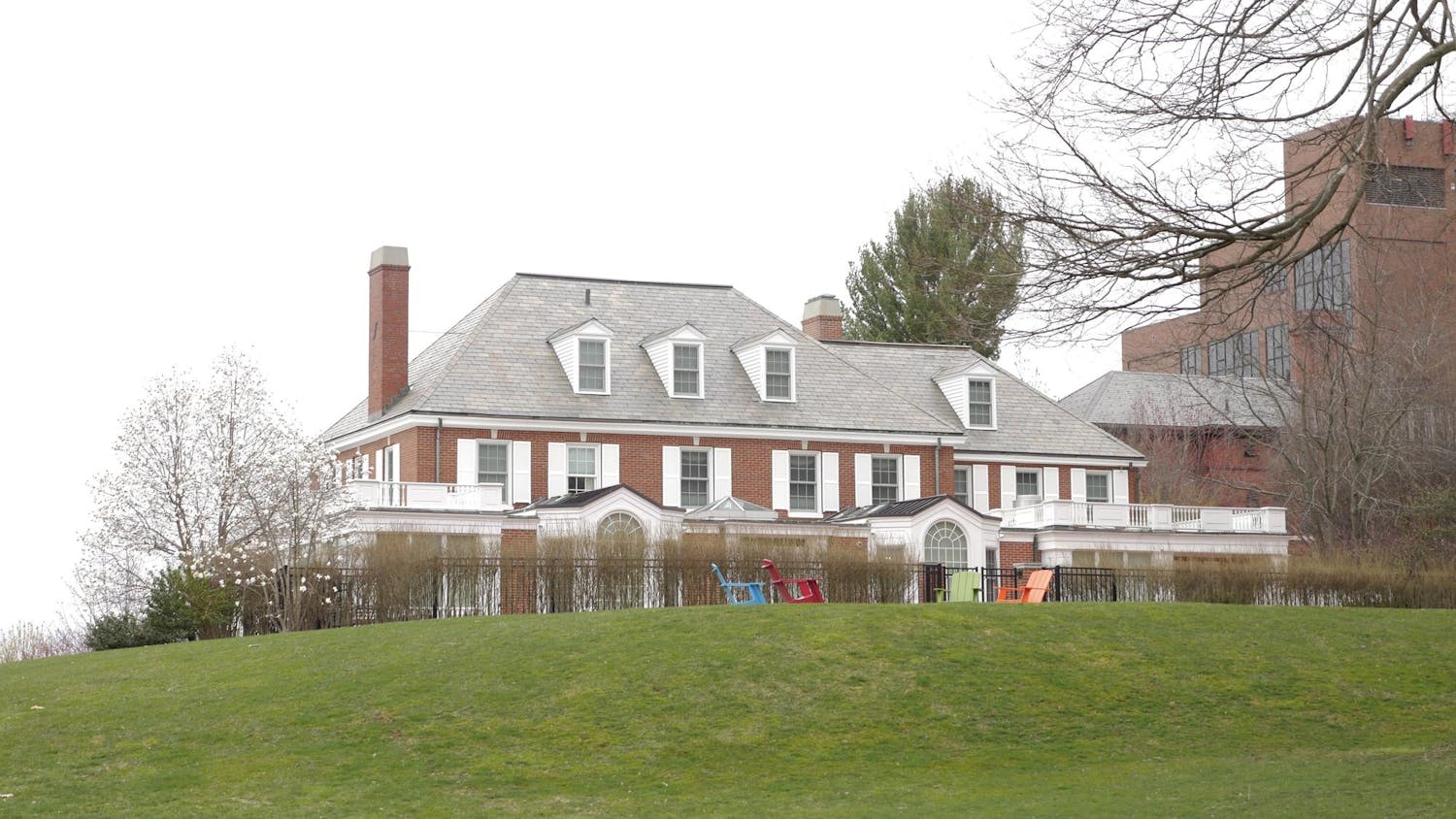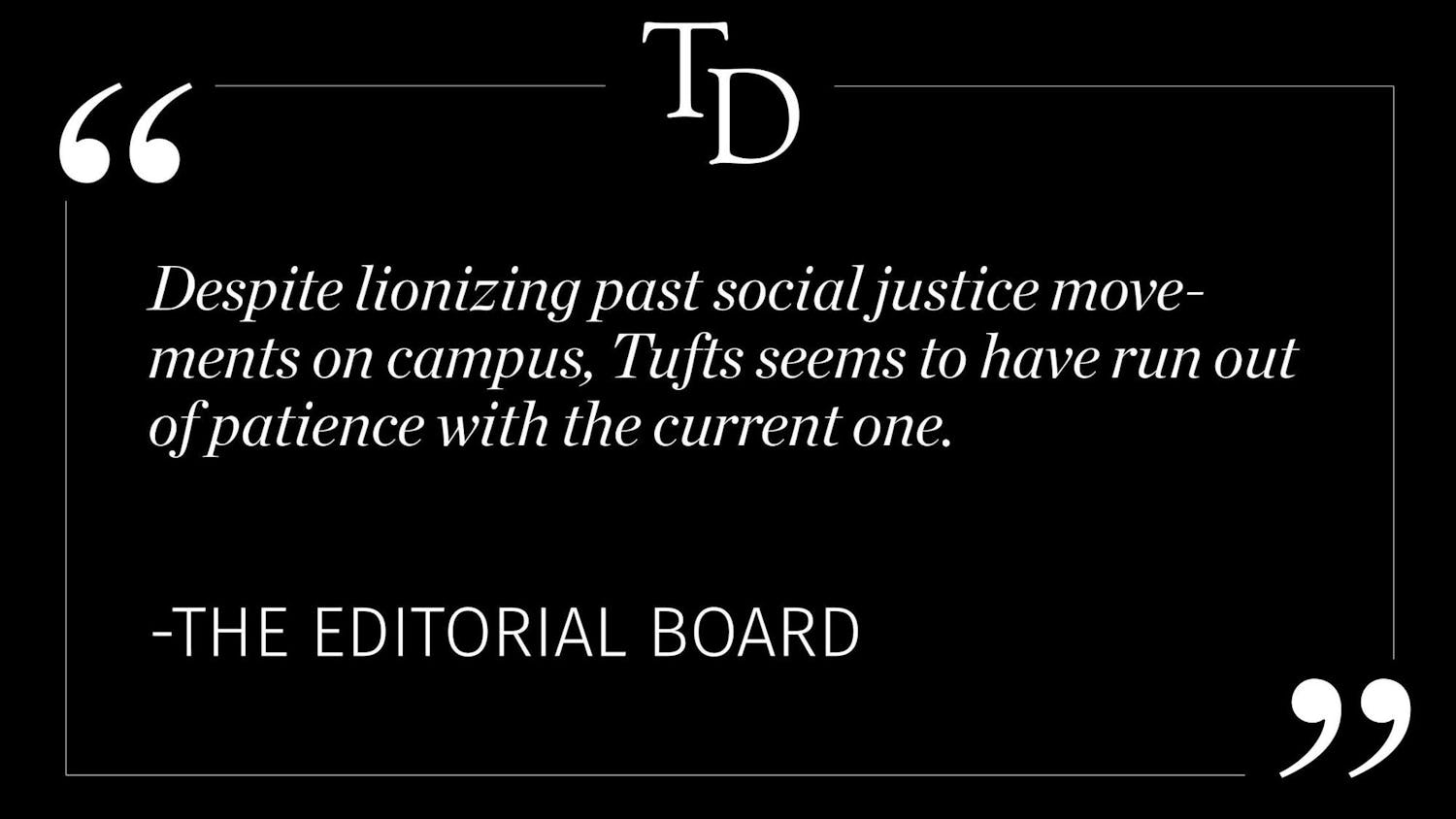On High Street, above the entrance of Oxford's constituent college Oriel, there is a detailed, life-size statue of Cecil Rhodes. Rhodes is a notorious racist, imperialist and colonizer who personally brought anguish to millions in Southern Africa, most of all in Rhodesia, a colony that bore his name. He also happens to be a prominent benefactor of Oriel, even creating the Rhodes Scholarship at Oxford.
His commemoration is a choice. Who we remember and venerate is not an inherent decision. It is not 'natural' that many statues be dedicated to this wealthy donor, that president, or another. There are reasons beyond having been president or giving huge sums of money that lead to having your statue across the United States. That’s why we see more of Theodore Roosevelt and much less of Calvin Coolidge. We choose based on the values a person is supposed to represent; we stand them up in the middle of public squares because of what they stood for.
Unlike the value judgments that lead to commemoration, statues are quite permanent. This is the problem with statues that have overstayed their welcome. And once a statue has been in place for some time, it becomes difficult to get past the inertia and move them. This act has become so difficult that accomplishing it in the American South is powerful enough to launch a national political career, like Mitch Landrieu is attempting to do with his new book "In The Shadows of Statues."
The United States has not been the only place that has had a reckoning with statues of people who do not deserve them. The “Rhodes Must Fall” movement began in South Africa in 2015 at the University of Cape Town and spread to other schools in the country. Statues of such a heinous man standing in modern South Africa was an affront to many whose families were directly affected by him. The same was true at Oxford, where mostly Southern African students led the as-yet unsuccessful movement for the fall of Rhodes.
But when will this reckoning arrive everywhere? The public spaces of Belgium still hold statues of Leopold II, who is known for the atrocities he committed in the Congo. No movement has taken hold to re-evaluate how he should be remembered and why he is still commemorated with statues. There are many Britons whose statues should be questioned because of their vile actions and opinions, but the most obvious is Winston Churchill. He still maintains his status as a Hollywood hot topic as well an inspiration for Oscar nominees and countless statues littered across Britain, despite his casual racism, strong support for imperialism and involvement in the 1943 man-made famine in Bengal that killed millions.
Though it is not enough to re-evaluate and take down statues of imperialists and racists. They also need to be counterbalanced by people truly worth remembering for their courage. A recent example from Denmark, where a statue of the leader of a Caribbean worker revolt against Danish landowners was recently revealed, should give guidance and hope.
Commemoration should not only be deconstructed, but also reconstructed.
More from The Tufts Daily





